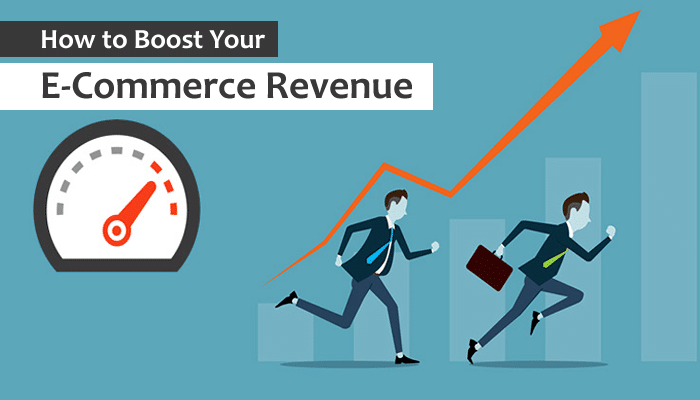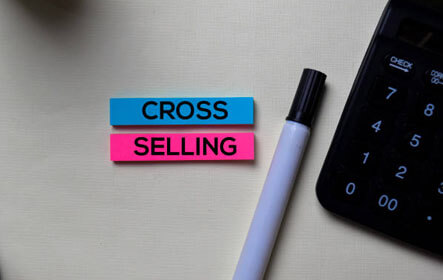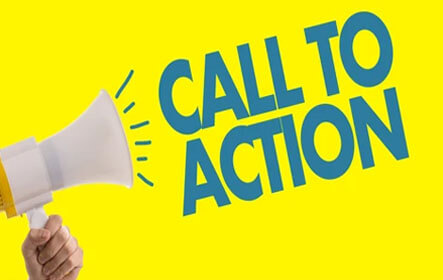Have you ever seen your analytics reports and noticed that your store isn’t making enough money from e-commerce sites? How did that feel? It must have felt pretty bad. In those moments of desperation, you’d probably do anything to increase your E-Commerce revenue.
You start looking for different ideas on how to increase your revenue but find nothing useful.
The truth is, it’s pretty hard to find simple tactics to use for increasing your revenue. Sure, implementing a $100,000 PPC campaign might help, but it’s neither simple nor realistic for your needs.
We want to show you 5 ways you can start increasing your e-commerce store revenue today. These tips are so simple, you will have no excuse not to put them into action to improve your store.
1. Add Relevant Upsells
First of all, an upsell is a sales technique where you offer your customers the chance to purchase upgrades (better features, better specifications, more volume) or to get the more expensive version of what they’re buying, so you can maximize the value of their purchase (a higher price).
In order to add relevant upsells to your store, there are four main things you need to do:
- Make a list of all the products you sell.
- Separate those products into two lists: the regular ones and the expensive ones
- Tie the better products with the regular ones
- Talk to a developer about adding a section to your product page where you show you’re upsells
Depending on which e-commerce platform you use, you can skip all those steps and add a plugin that automatically gets it done for you. For example, Shopify’s Product Upsell by Shopify, OpenCart’s Also Bought, and Magento’s Automatic Cart Upsells & Cross-sells.
Upsell In Action
As always, the best way to see an upsell in action is to go to the king of e-commerce sites: Amazon. Let’s say you want to buy a great DSLR camera. You select the Nikon D5500 as a great option to buy. This is what you’ll see at first.
So you’ve found what you’re looking for, but wait, if you scroll down, you’ll see the following upsells:
And more:
In these two cases, you’ll notice that not every product is more expensive. In some cases, they even add cross-sells (see next point). That’s fine. What this says is that you don’t have to show your upsells and cross-sells separately; you can use them together to have a bigger impact on your sales. The key is that you must offer items that can add value or improve the user experience of your client.
Take a look.
Because once you add upsells to your website, it’s just a matter of waiting for them to take effect. Of course, you need to check daily or weekly to see how they’re performing. Also, the best thing you could do before launching you’re upsell is test it first.
Create an A/B test, wherein the A version of your store is the same as usual and the B has the upsells. If you see a decrease in the average order value or in conversion rates in the B version, then don’t make your upsells public. On the other hand, if in that same version you start to see bigger average order values and revenue, then publish it and start making more money.
2. Add Timely Cross-sells
If upsells represent upgrades and more expensive versions of a product a customer is buying, a cross-sell is giving options for add-ons.
In the previous example, I showed you how Amazon tries to sell you other expensive items related to the one you wanted to buy at first. But as you saw, they don’t always show more expensive items next to your desired product. Sometimes they show other similar items; that’s cross-selling.
In the previous case, cross-sells for the Nikon D5500 were lenses, bags, and flashes, among other accessories. Cross-selling works so well for Amazon that it’s said it’s responsible for 35% of their e-commerce revenue back in 2006.
Adding cross-sells to a store is a more difficult process than adding upsells because there are many ways to choose what products to cross-sell. For instance, an online store that sells sneakers has many cross-selling options to choose from, such as socks, laces, jeans, other sneakers from the same brand, and similar sneakers from other brands.
However, just because it’s hard does not mean you can’t do it. If you want to add cross-sells to your store, I’ll give you two recommendations:
- Take the time to adapt the upselling steps I previously mentioned to cross-selling (be patient)
- Depending on the e-commerce platform of choice, buy and install a cross-selling plugin, for instance:
Similarly to upselling, the key to effective cross-sells is providing value to the customer’s life; think about the customer first before suggesting a cross-sell.
Take a look.
Because cross-selling has shown its effectiveness in many companies, including Amazon, Also, just as with upselling, once you set up your cross-sells, there’s nothing much to do except analyze their impact on your company’s revenue. If it goes up, it works. If it doesn’t, then there’s something wrong that needs to be fixed (probably something related to your site’s usability, a coincidence, or a bug).
3. Define Your Best-Selling Products
Do you really know what your best-selling products are? You may think this is an obvious thing, but it’s usually not. Knowing your best sellers is key because it helps you understand your customers better, and most importantly, it allows you to know what you should be selling more of.
To learn which are your best-selling products, access your Google Analytics account and go to Conversions > e-Commerce > Product Performance. In that report, you can choose to sort your products by units sold and revenue, among other metrics.
Once you know which your best-selling products are, it’s just a matter of selling more of them, either by setting up paid ads, upselling them, or cross-selling them, among other strategies.
Take a look.
Because knowing what is selling the most is the best way to know what you should keep selling. Also, it helps you understand your customers better.
4. Test Your CTA
Testing is a great way to increase revenue because it takes a specific element of a page and shows if a change in that element can help you increase your conversion rates. If it does, you get an increase in your revenue. If you don’t, well, you don’t.
You can test many elements of a page, such as:
- Your site’s structure
- Your product page structure
- Your checkout process
- Your product’s copy
However, I say to test specifically your call-to-action (i.e., the buttons that your customers click when they want to buy your products) because it’s the simplest thing you can test that can help you increase your revenue. Also, testing your call-to-action (aka. CTA’s) is a pretty straightforward process.
Testing Call-To-Actions
1. First and foremost, develop a hypothesis that you want to test, like “I think changing the CTA’s color to blue will increase its contrast, which will increase the CTR (click-through rate).”
2. Construct a plan of action to test those hypotheses, in which you define what tasks need to be done for your tests to take effect. For example:
- Step 1: Sign up for Optimizely.
- Step 2: Develop the A/B test in Optimizely.
- Step 3: Run the test for 2 weeks, or until statistical significance is reached.
- Step 4: Analyze the results.
3. Run the test.
4. Finally, analyze the results. If the newer version (the B version) increases your conversion rates, then keep it. If not, reject it.
Even though testing is a complex topic, I don’t want to make things more complicated than they are. (For your needs, this is pretty much all you need to know.)
There are three things you should test in your CTA’s:
- Your CTA’s copy (e.g. Buy Now® versus Add to Cart®)
- Your CTA’s size
- Your CTA’s positioning (at the right of the image, below the description, etc.)
Take a look.
Because testing is a simple process: come up with a few hypotheses every month, deploy the tests on your site with the help of Optimizely, wait a few weeks, and boom, you have increased your revenue. Of course, tests can fail, so if they do, don’t panic. In fact, I’d say most of them will, especially when you first start. Keep doing it until you find a winning formula.
After a while, you’ll develop a sixth sense of your customers, and you’ll start to know what things will probably increase your conversion rates.
5. Add Better Product Images
What’s the one big advantage offline shopping has over its online counterpart? The product’s touch and feel.
If I had to choose one serious advantage of offline shopping, it is that I can see, feel, touch, smell (yeah, it sounds weird, but hey, I don’t judge), and even try the products on. The closest thing to that experience online is the product’s pictures and things like:
- Different angles
- Zoom in
- Product test, or inaction
- A video
- A 360-degree view of the product
Of course, don’t forget to make the images look professional. Things like lighting, filters, and custom touches make a huge difference when it comes to making a product look good. That’s why it’s important to always err on the side of choosing professional photographs instead of a DIY solution.
Take a look.
Adding extra images (2 or 3) can give your customer the final push to buy a product. Every time you add or change something in your store, think about how it will affect your customers. Competing with offline stores is hard. Make your customer’s experience as flawless and simple as possible.
Have you ever tried any of the 5 ways we talked about in this post? If so, what was your experience? Please share your answers in the comments below.
race AdvisArticle Written by E-commer, Blogs & Quora






